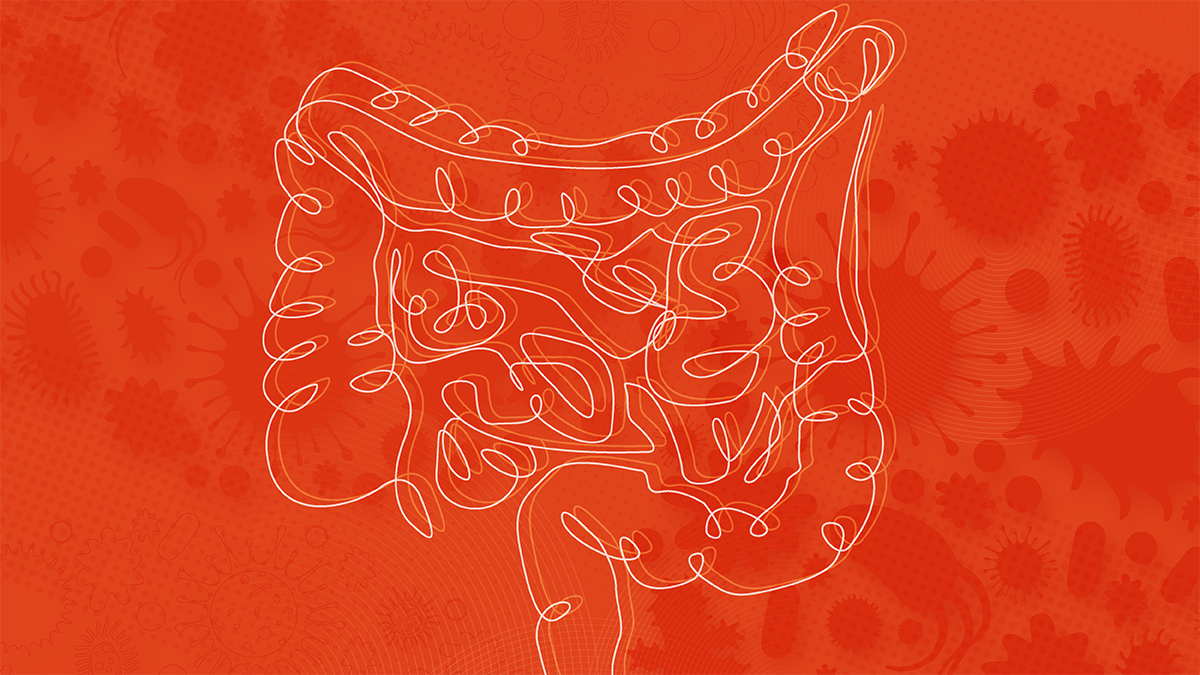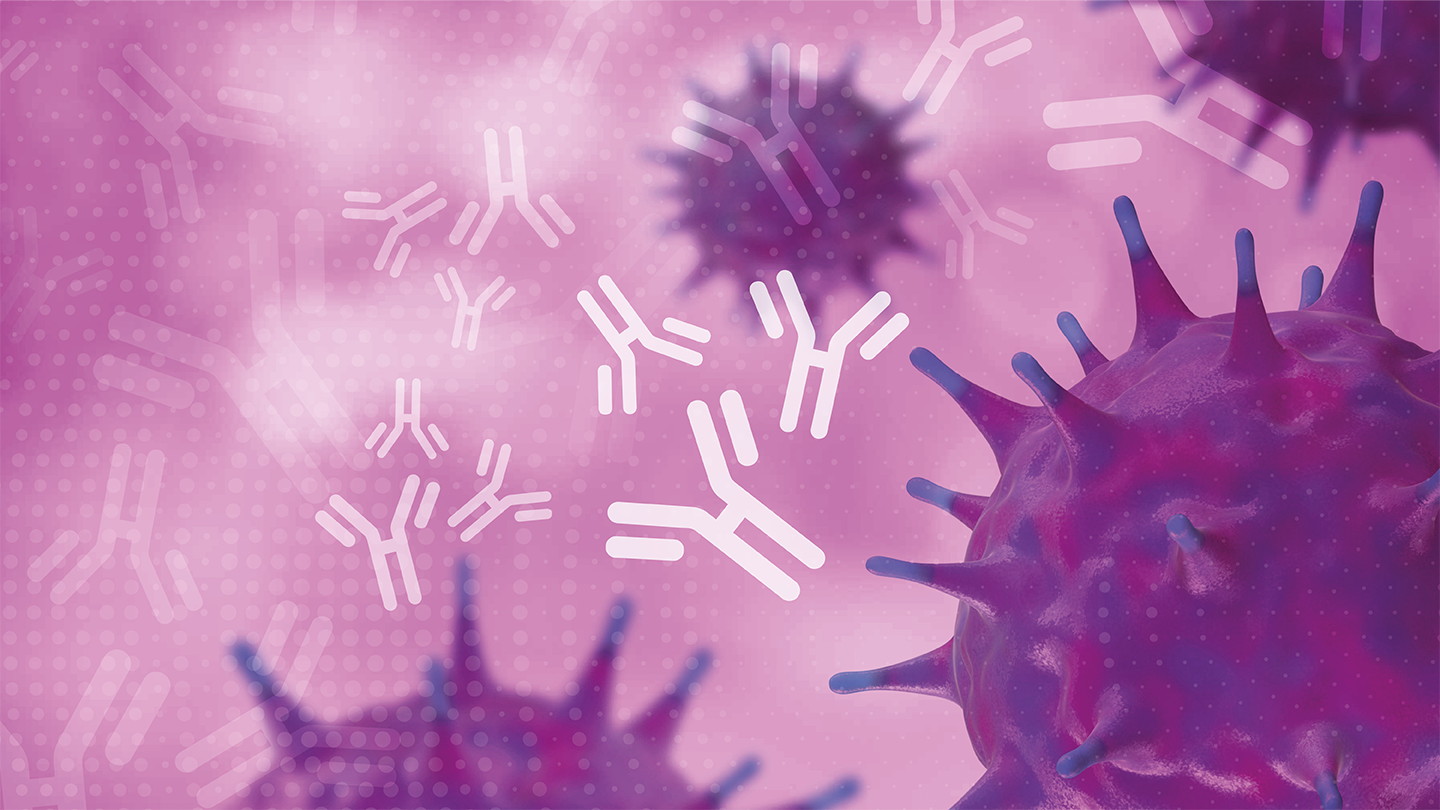No Place Like ‘Biome’
Germ-free humanized mice reveal the influence of resident microbiota on a human-specific pathogen infection
Resident microbiota play a significant role in keeping our digestive system and immune system healthy, and can protect us from a range of pathogens. However, previous research has shown they may also increase transmission of some viruses that target our intestines. To improve our understanding, researchers have developed germ-free mice reconstituted with human immune cells to investigate the role of resident microbiota in the acquisition, replication, and pathogenesis of Epstein-Barr virus (EBV) and HIV (1). Here, we speak with lead researcher Angela Wahl to find out more.
What prompted your study?
Resident microbiota play an important role in maintaining overall health; for example, they are important for immune development, digestion, and drug metabolism. It was therefore surprising when several studies reported that resident microbiota can facilitate the acquisition or disease outcomes of certain intestinal pathogens; indeed, these developments sparked our interest in evaluating whether resident microbiota contribute to the infection of other human pathogens.
Why use germ-free mice reconstituted with human immune cells?
All the cells (immune cells and non-immune cells) in conventional germ-free mice are of mouse origin. Conventional germ-free mice can be used to study human pathogens that can replicate in mouse cells or have been adapted to replicate in mouse cells. They can also be used to study immune responses; however, there are differences between human and mouse immunity.
Prior studies have used germ-free mice or mice treated with antibiotics to deplete resident bacteria, but there are highly clinically relevant human pathogens, such as HIV and EBV, that do not replicate in mouse cells. HIV and EBV are both viruses that target human immune cells. HIV primarily targets CD4+ T cells and, if left untreated, the infection will progress to AIDS. EBV targets B cells and can induce the formation of B cell cancers. Therefore, to study the role of resident microbiota in HIV and EBV infection, we developed a germ-free mouse model that is reconstituted with human immune cells.
Germ-free humanized mice are created using an immune-deficient mouse strain that we rederived germ-free. Because these animals are immune-deficient, they can be reconstituted with human immune cells – rendering the animals susceptible to pathogens that target human immune cells.
And what did you find?
Our results demonstrated that resident microbiota affects HIV and EBV acquisition and disease outcomes – specifically, the rates of oral and rectal HIV acquisition were higher in mice with resident microbiota. In addition, the levels of HIV replication, particularly in the intestinal tract, were higher in the presence of resident microbiota. We also observed that the establishment of EBV infection was higher in the presence of microbiota, as was the incidence of EBV-associated tumors.
We were actually surprised that the presence of resident microbiota impacted both HIV and EBV infection. Not only do they target different cell types, they differ in genome structure and replication cycle. HIV is a retrovirus, while EBV is an oncogenic herpesvirus.
What’s next for your research?
Our results have prompted several new questions to address in future. For example, what components of the microbiome are responsible for the increased HIV and EBV acquisition and pathogenesis observed – and are they the same or different for HIV and EBV? Moreover, what is the effect of human resident microbiota in HIV and EBV infection, and does the microbial diversity that exists among people affect acquisition risk or pathogenesis?
Finally, there are several human pathogens – such as human cytomegalovirus, respiratory syncytial virus, and SARS-CoV-2 – that do not primarily target immune cells. In future, it will be important to develop germ-free mouse models that contain the relevant human cell types that allow us to study these types of human pathogens.
Reference
- A Wahl et al., “A germ-free humanized mouse model shows the contribution of resident microbiota to human-specific pathogen infection,” Nat Biotechnol, [Online ahead of print] (2023). PMID: 37563299.





